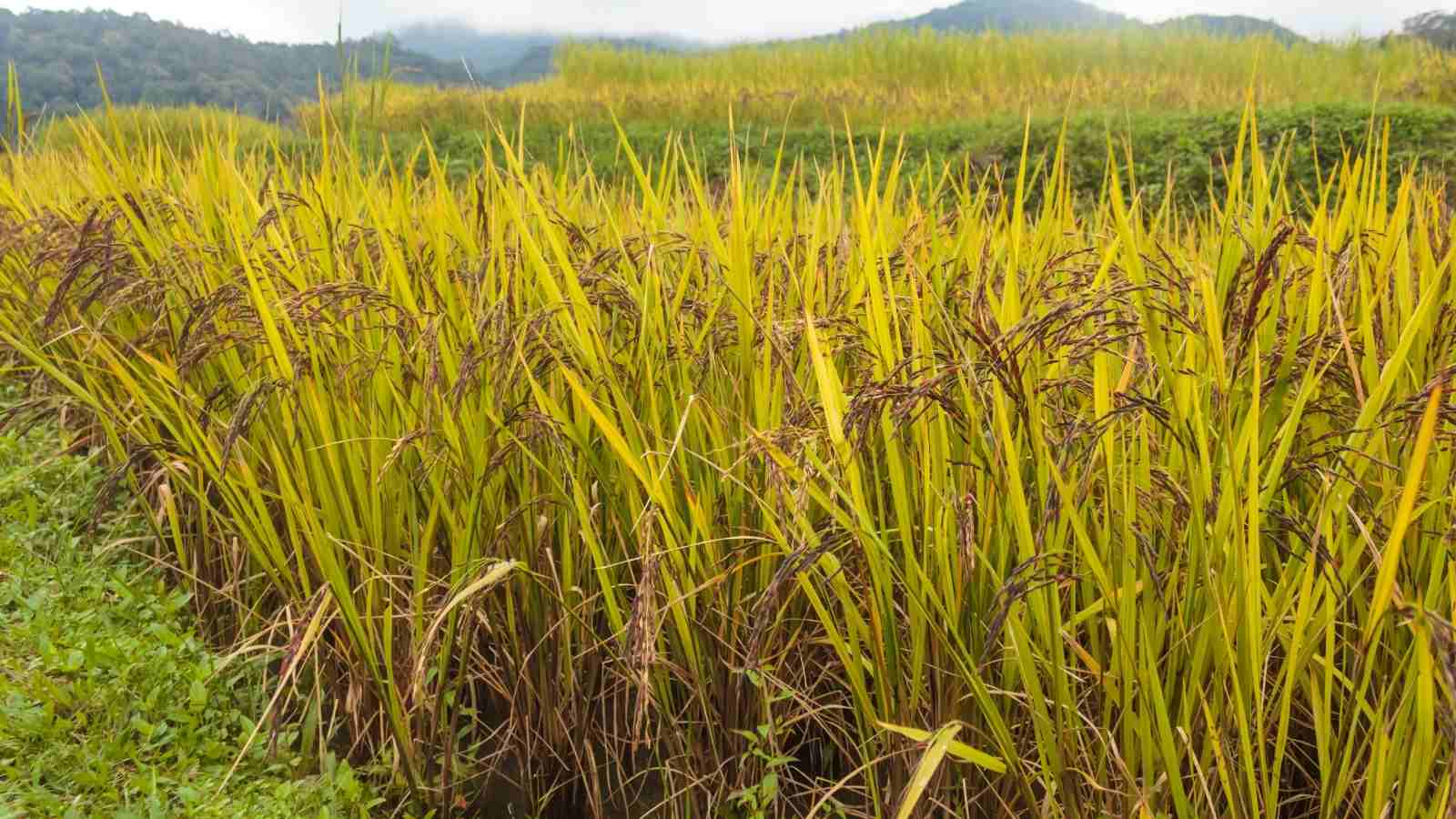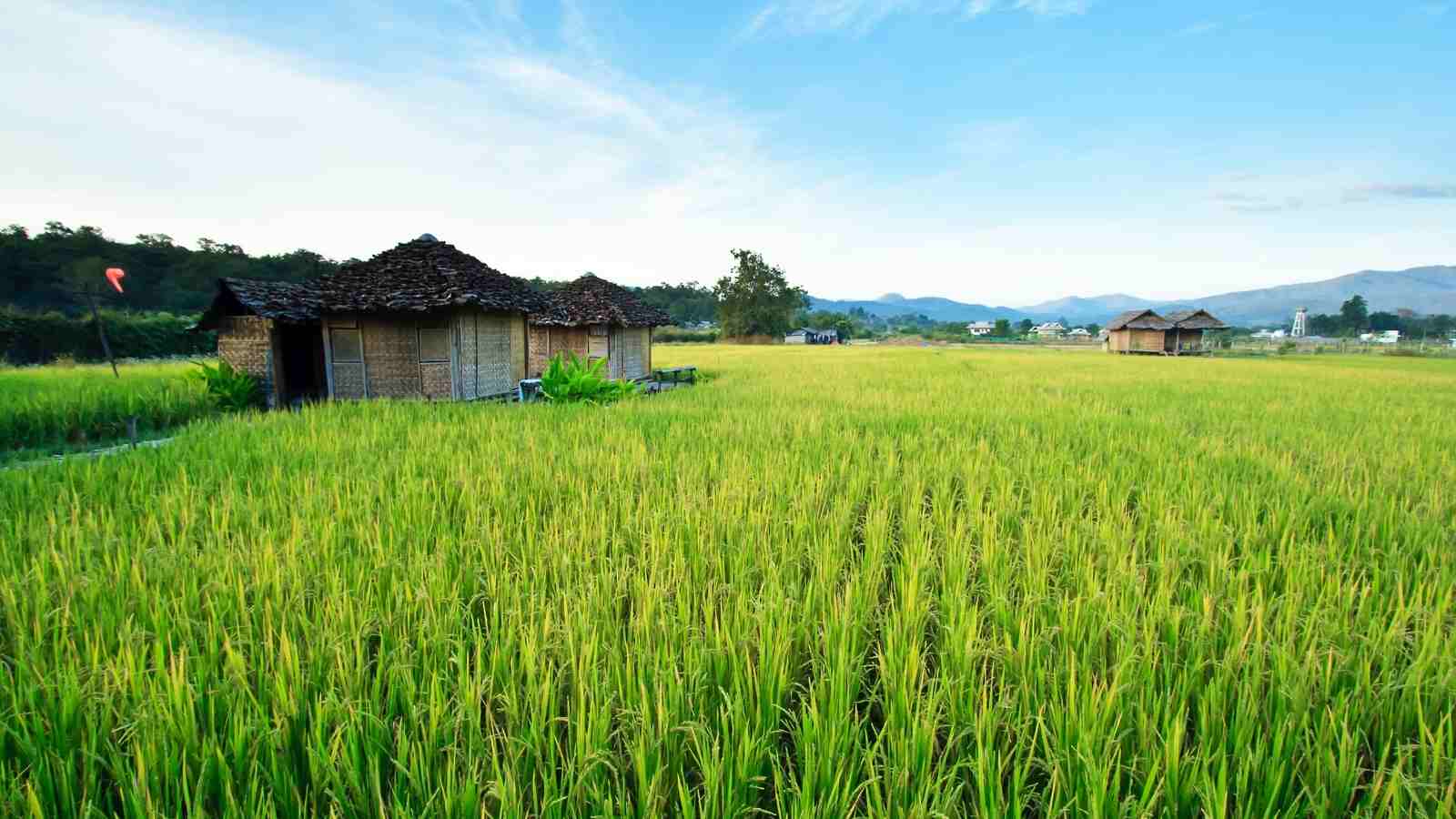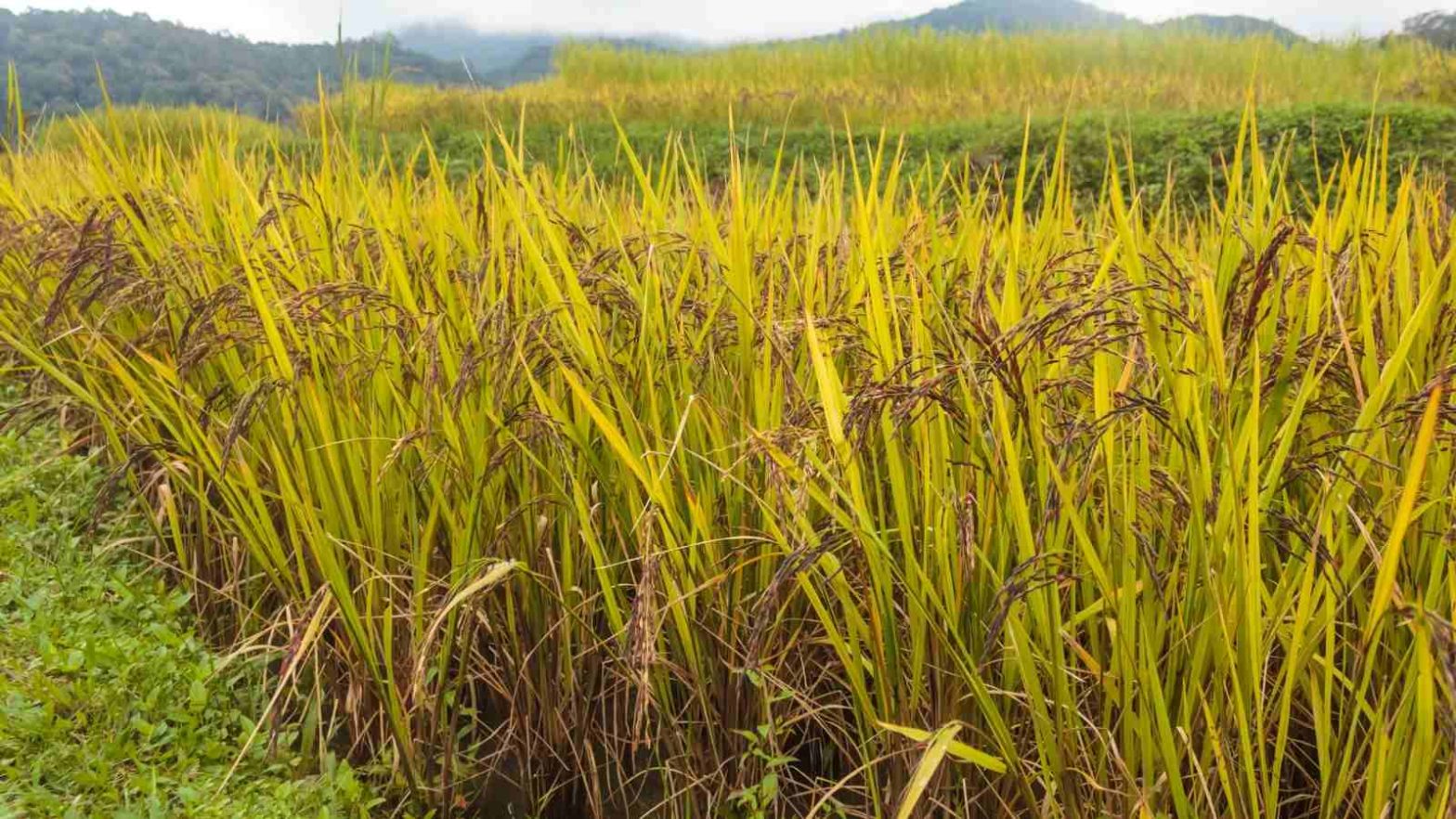Rice beans are not very common crops that are grown in India. These are primarily legumes which are very rich in protein. These were initially grown in Nepal. They were not a part of the commercial farming nor were they grown to feed the domestic population. They at the beginning served as the best fodder crops and also as some of the minor food.
The rice beans started to grow first as neglected plants but owing to the high nutritious element of the crop, the farmers started to grow them. At present, this crop can be easily grown not only by the method of shifting cultivation upon the fields but also in the kitchens. In India, this legume is consumed mainly in the North eastern part of the country and are grown in combination with pulses and other leguminous crops.

The rice beans are very rich in fiber and also contains a good amount of amino acids. To add on, they contain good carbs which can be made part of the heavy meals of the day. This food though is very healthy yet the cost involved in either growing or buying them, is not too high. With various agriculturally based statistics, it has been found that the rice beans are great in curing diabetes. Well, here in, we have detailed out the various aspects of rice beans farming all across the country.
1. The most important varieties of rice bean farming in India
In the various parts of the country, the variety of RBL 1 is grown. This happens to be a medium yield crop and grows within the normal session of rice. This variety is not only easy to grow with lesser manual labor but can also be stored quite well for a longer duration of time. With the not so superior quality, the cost of this variety is not so high and thus, is easily accessible to the major rice consumers all across the country. This variety was developed in Ludhiana in the early 21st The estimated production of this variety is ranged somewhere between 5 quintals per acre of field to 7 quintals per acre of field.
With the steady advancements in science, the best rice bean has been grown. This variety is named as RBL 6. The best thing about this variety is that it is highly resistant to a variety of pests and diseases. The yield of this variety is also comparatively way greater than the other types. Not only the grown up plants but also the seeds are extremely resistant to the fungal and viral diseases.
2. The important climatic conditions required by the rice bean farming
The farmers need to be very aware of the necessary climatic requirements of the rice beans to make a heavy produce.
- The temperature that is best suited for this crop ought to lie within the range of 18 degree Celsius to 35 degree Celsius. This range of temperature is required when the plant is growing.
- The plant needs much higher range of temperature at the sowing period. The sowing temperature ranges within 30 degree Celsius to 35 degree Celsius.
- The temperature required during the harvest time is even higher as compared to the sowing period. The optimum range of temperature for the harvest should lie within 35 degree Celsius to 40 degree Celsius.
- With the appropriate range of temperature, the plants need 75 cm to 160 cm of rainfall in a year.
- At times, if the plants happen to not receive the required rainfall, then they can be replaced with better irrigation facilities.

3. The prime concerns while laying out the soil for the cultivation of rice beans in India
The soil which is best suited for this crop is clay loam and simple loamy soil. Since, these crops can be grown in hilly areas, so even the gravel soil can be equally well for the growth of this crop. This crop will never be grown on sandy soils. All the more, this crop dislikes saline soils. So, the farmers ought to keep in mind as in not to use too much of chemical fertilizers.
Heavy usage of chemical fertilizers leaves a thick crust of salt on the top layer of the soil. The soil also needs to have a proper drainage system so as not to allow any situation of water clogging. Any instance of water clogging can lead to immature death of the roots of the plants. It is also advised to not grow this plant on light soils. If grown on this soil, then the root-nematode issues might arise causing hindrance to the growth of the plants.

